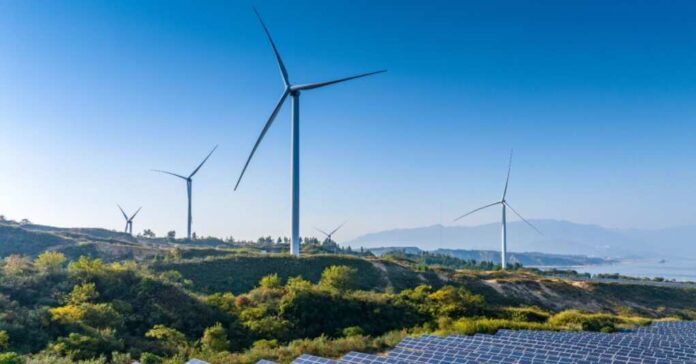
Solar farms, also called solar parks or solar power plants, represent an innovative approach to generating renewable electricity on a large scale. These installations are designed to harness the power of sunlight, offering a sustainable alternative to traditional fossil fuel-based energy sources. Solar farms have become a pivotal component of the evolving energy landscape as the global focus on eco-friendly and sustainable energy solutions grows.
The primary advantage of solar farms lies in their ability to tap into the abundant and renewable energy provided by the sun. Unlike finite fossil fuels, sunlight is an inexhaustible energy source, making solar power an environmentally conscious and sustainable choice. Moreover, solar farms produce electricity without releasing harmful pollutants or greenhouse gases, contributing to efforts to combat climate change and minimize air pollution.
Solar farms come in various sizes, from small-scale community installations to expansive utility-scale projects covering extensive land areas. Typically, these farms comprise arrays of solar panels mounted on frames strategically positioned to capture optimal sunlight throughout the day. The captured sunlight is then converted into electricity through photovoltaic technology, which utilizes the photovoltaic effect to generate an electric current when sunlight interacts with specialized materials in the solar panels.
In addition to their environmental benefits, solar farms have the potential to generate economic opportunities and drive local development. The construction and maintenance of solar farms can create employment opportunities, while the presence of these facilities can contribute to the local tax base. Furthermore, solar farms can serve as a reliable energy source in remote or off-grid areas, enhancing electricity access and supporting initiatives for rural electrification.
While solar farms offer numerous advantages, challenges related to land availability, initial costs, and the intermittent nature of sunlight can impact the viability and effectiveness of solar farm projects.
Essentially, farmland may have to be sacrificed in order for the solar farms to go up. This means that we have to make a decision: Crops or solar energy?
This is a highly politicized debate. Most Republicans say the focus should be on crops. Meanwhile, many Democrats will say that solar is more important.
As the demand for clean energy continues to escalate, solar farms are poised to play a pivotal role in meeting global energy requirements while diminishing dependence on fossil fuels. Let’s hope that we can have both – solar energy as well as plenty of land for crops. There has to be a happy medium, right?











